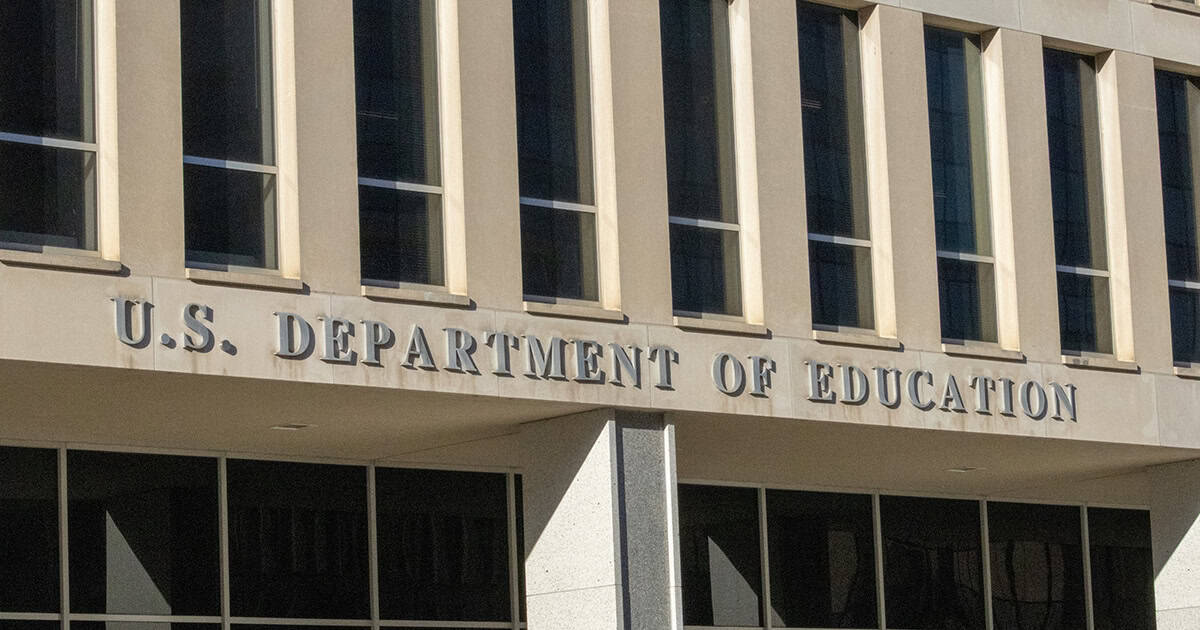Interaural attenuation (IAA) is the reduction in stimulus intensity as it crosses from test ear to non-test ear. We take it into consideration every day when we are seeing patients that require masking to obtain an accurate audiogram. Masking is also necessary for auditory brainstem response (ABR) evaluations where we also we must take into consideration the IAA. Bone-conduction thresholds for adults and young children have been established and clinically used for many years (Hatton et al, 2012; Hatton et al, 2022). But, do we really know what the IAA is for infants and toddlers? It certainly varies by patient, frequency, and age.
Kariv and colleagues (2024) obtained bone-conduction ABR thresholds on 55 infants and toddlers aged birth to 36 months. All participants established hearing sensitivity with air-conduction ABR thresholds at 1,000 Hz (30 dB nHL) and 4,000 Hz (20 dB nHL), and present/passing transitory evoked otoacoustic emission (TEOAE). In their study, each child was randomly assigned a test ear and a non-test ear, and thresholds were measured in two conditions. Waveforms were recorded from the ipsilateral channel to the test ear with masking in the contralateral ear. In the first condition, the bone oscillator was on the test ear mastoid. In the second condition, the bone oscillator was placed on the non-test mastoid. The difference between the thresholds obtained between the ears was calculated to establish IAA for that patient.
Their results revealed that the bone conduction IAA for lower frequencies (.5, 1.0, 2.0 kHz) were smaller than previously assumed, with their mean IAAs ranging from 5.4 dB at 500 Hz to 21.2 at 2000 Hz. The authors recommend masking in the contra-lateral test ear at these same frequencies when conducting bone-conduction ABR. They also reported that masking may not be needed for 4000 Hz when the BC threshold is normal, as the IAA at this frequency was approximately 24dB.
References
Hatton JL, Janssen RM, Stapells DR. (2012) Auditory brainstem responses to bone-conducted brief tones in young children with conductive or sensorineural hearing loss. Int J Otolaryngol.
Hatton JL, Van Maanen A, Stapells DR. (2022) British Columbia Early Hearing Program: Auditory Brainstem Response (ABR) Protocol. (accessed June 26, 2024).
Kariv L, Taitelbaum-Swead R, Levit Y. (2024) Assessment of interaural attenuation in infants and young children using bone-conducted auditory brainstem response. Ear Hear 45(4):999-1009.
Recent Posts
When Audiologists Lead, Patients Win
Level Up Your Practice at AAA 2026—Bring Your Assistant and Take Advantage of Exclusive Package Discounts! The Audiology Assistant Track is back by popular demand at AAA 2026,…
Utah Committee Removes Audiology Deregulation Language After Strong Professional Pushback
Early last week, the Utah Office of Professional Licensing Review (OPLR) released draft legislation proposing major revisions to the regulatory framework for licensure of multiple…
Academy Joins National Push for Inclusive Loan Rules for Health Professions
Late last month, the Academy signed onto a letter to the Department of Education and the Reimagining and Improving Student Education (RISE) rulemaking committee urging…


